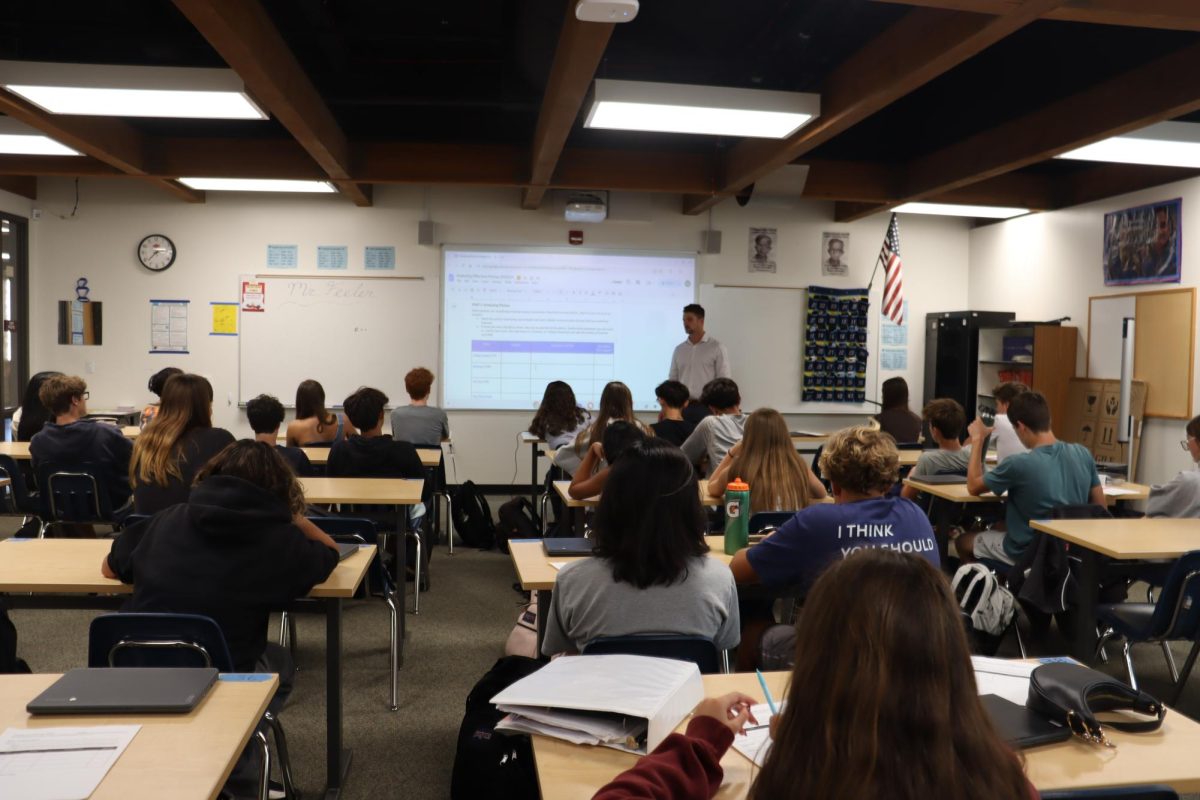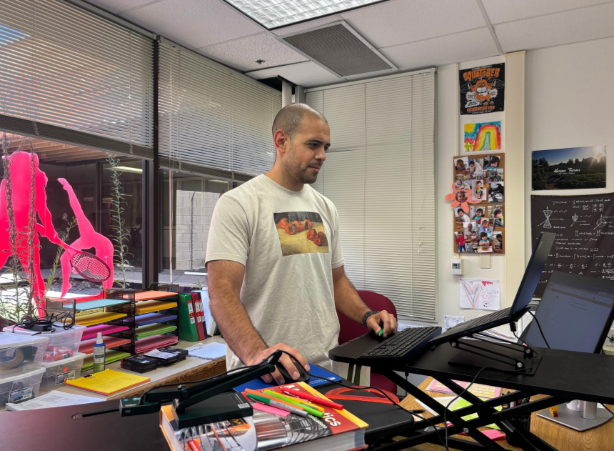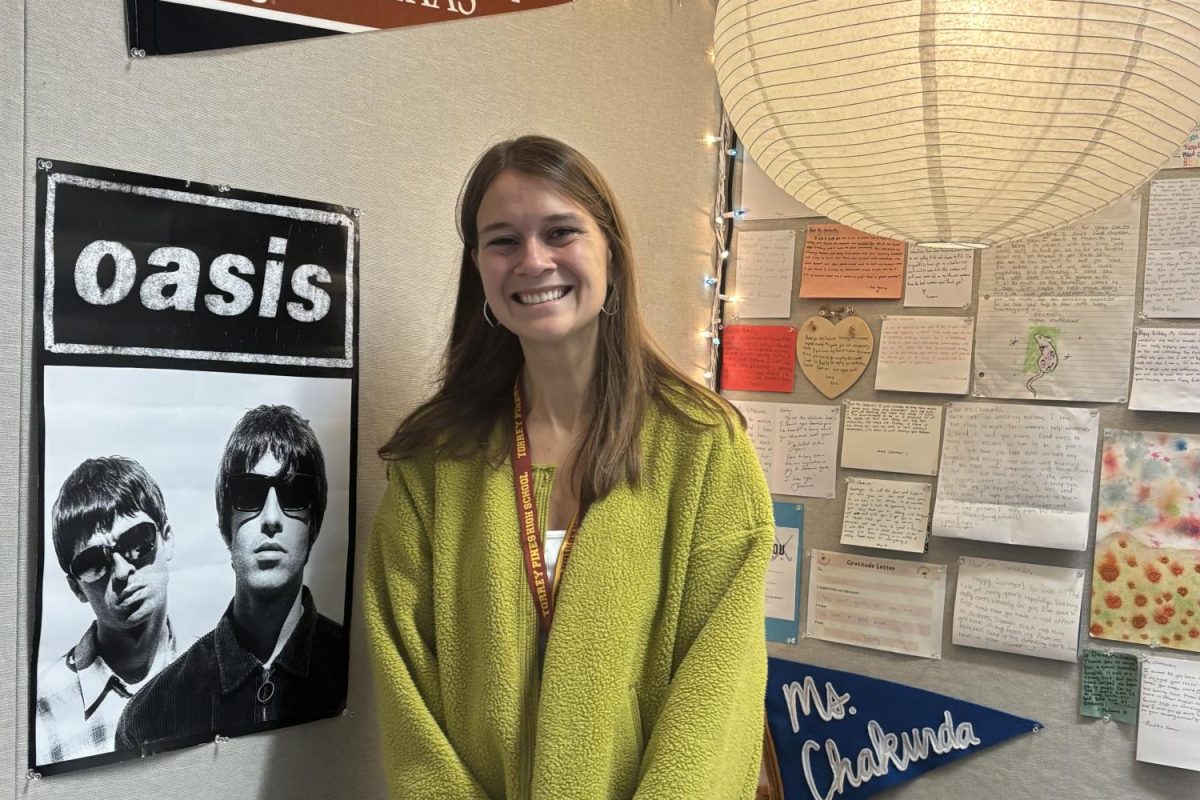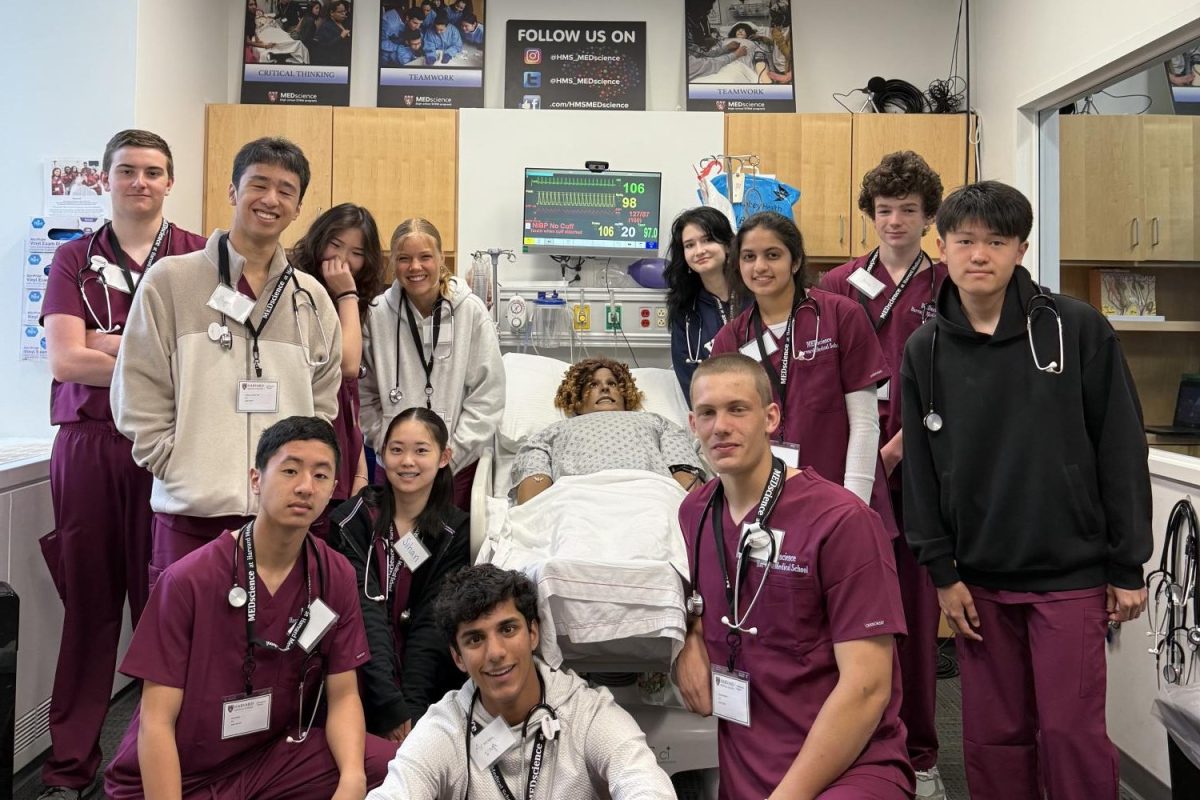There he was. A glowing ball of sunshine with brilliant eyes and a wildly wagging tail — the perfect pet to adopt. The pure joy of finding yours is unmatched. But behind the wholesome stories of adopting a faithful companion are determined shelter workers and passionate volunteers who care for animals until they can find their forever homes.
The sheer number of animals often overwhelms a shelter’s available resources. Providing food, water, space, cleaning and medication are only a few of the many duties that shelter workers must attend to on a strained budget and limited time.
“Right now we’re at 144% capacity for our dogs,” Staci Hurley, Dr. Seuss Humane Educator at the San Diego Humane Society, said. “That means, for example, here at our San Diego shelter, one of our buildings had to put up dog kennels. We had to create more space where we could provide for our dogs. We had to do a big push for foster homes. We were asking the community to step up … so that we could continue to provide care for the number of animals we work with.”
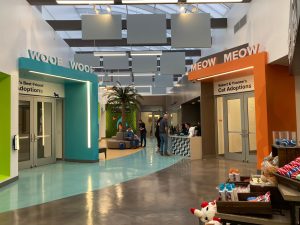
The San Diego Humane Society is not alone in its overload of animals and need for external support. In order to help aid local animal shelters with volunteer service and fundraising, the TP Action for Animals club has partnered with Katy’s Farm and Laughing Pony Rescue. Katy’s Farm is a family farm in Alpine, Calif. with a diverse range of rescued farm animals, from horses to donkeys to geese to cats. Similarly, Laughing Pony Rescue in Rancho Santa Fe, Calif. also saves farm animals from abuse and neglect. After care and rehabilitation, many of these animals are eventually rehomed. Laughing Pony Rescue also offers equine therapy and raises awareness through education programs.
“Shyla is my friend who started the club and she invited me to be in it, and I just thought it was really cool,” TP Action for Animals club member Addie Mackay (12) said. “I’ve always wanted to work with animals and I think it’s just a really fun experience to work with them hands-on.”
Shyla Mighdoll (12), the co-president and founder of the TP Action for Animals club, decided to partner with these nonprofits because they “allow large groups of teens to come and help, and are super flexible.”
TP Action for Animals club visits these shelters at least once a month, where they help out with many different tasks, such as mucking stables, refilling the animals’ water, walking horses, cleaning stalls, feeding animals and more. In the past, they have also held fundraisers. In 2023, they raised a total of around $400 for Laughing Pony Rescue.
“[The workers at the shelters] were so welcoming to us, you could tell they were genuinely very grateful that we wanted to come out and do this and they could really use [the help],” Chloe Malecha (12), co-president of the TP Action for Animals club, said. “We made them our partners and we just started consistently going ever since.”
Malecha believes that the best ways to support these shelters is by “supporting their social media and reposting things and [participating in] their fundraisers because that’s really how they get their wider audiences.” Malecha uses social media to help partner organizations “create content for their Tiktok and raise awareness.”
Promoting adoptions by maximizing outreach is vital for every shelter. Hurley has worked at the San Diego Humane Society’s community engagement department for eight and a half years, focusing on outreach, education and youth programs. Through partnering with schools and libraries to host reading to dog events, visiting elementary school classrooms and more, Hurley’s work plays a key role in connecting animal shelters to their local communities.
“As part of our communications team, we have a videographer, photographer and social media, so they’ll sometimes make a feature video about a certain pet who maybe needs a little more attention,” Hurley said. “That’s helped animals get adoptions because they’re really highlighted. We have our ‘ready-and-deserving’ animals on our website. They’re ones who’ve been here long term.”
Working to bond the community with shelter animals, Ava Messervy-Stone (10) volunteers at Helen Woodward Animal Center, another local shelter in Rancho Santa Fe, Calif. As a junior volunteer, Messervy-Stone provides service in the animal programs for youth ages 4 to 10. During these camps, the kids participate in workshops where they get to interact with animals and learn about nature.
“I’ve always loved animals, and I also love working with little kids,” Messervy-Stone said. “That’s always been something I’ve been really passionate about. So I feel like just joining the two was perfect.”
Messervy-Stone recognizes the importance of outreach and advertisement for a nonprofit organization like Helen Woodward. She sees Helen Woodward as one of the “more established [animal shelters] around San Diego” and attributes their success to their “strong social media base.”
As they continue to leverage outreach programs to attract potential pet owners, some shelters are also upgrading their facilities. The San Diego Humane Society recently renovated its adoption center at its San Diego campus to maximize the pets’ living space quality and enhance the experience of visitors. In its neatly arranged rooms filled with meowing kittens and napping bulldogs, many people interact with the available pets as they decide which one to take home. Hurley advocates the choice to “adopt instead of buying or breeding or going to a pet store” in order to save an animal and “open up space [in the shelter].”
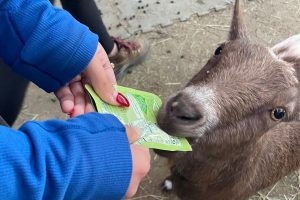
Adopting is just one of the many ways to support local shelters. Hurley believes this support can range from “donating items from [the shelters’] wish list for [their] different programs to fostering a pet and choosing to volunteer.”
“We depend so much on our volunteers to help us with every aspect,” Hurley said.
The goal of the TP Action or Animals club is to support and better the lives of shelter animals in any way they can. Through her volunteer work, Mighdoll learned “how underfunded these vital nonprofits are, and how far each donation can take them in terms of serving the animals they save.
In an environment where every pair of hands on deck is greatly appreciated, every volunteer’s work helps alleviate the pressure on shelters.
“There are so many tasks,” Mackay said. “If we have even just 10 people showing up, we can make such a big difference.”
Through many efforts, both small and large, the lives of countless animals are saved as they transition from strays on the streets to beloved pets in family homes. Laughing Pony Rescue has saved over 1,400 farm animals since 2010, Helen Woodward rescues over 3,000 pets each year and the San Diego Humane Society helps over 40,000 animals per year.
Easing the shelters’ workload is gratifying for many volunteers. Messervy-Stone sees her volunteer work as “a way that [she] can give back to [her] community” with her passion for helping both kids and animals.
Other student volunteers share similar attitudes.
“Volunteering for nonprofit animal shelters — especially because both shelters we are partnered with specifically serve neglected and abandoned farm animals — is very rewarding,” Mighdoll said.


